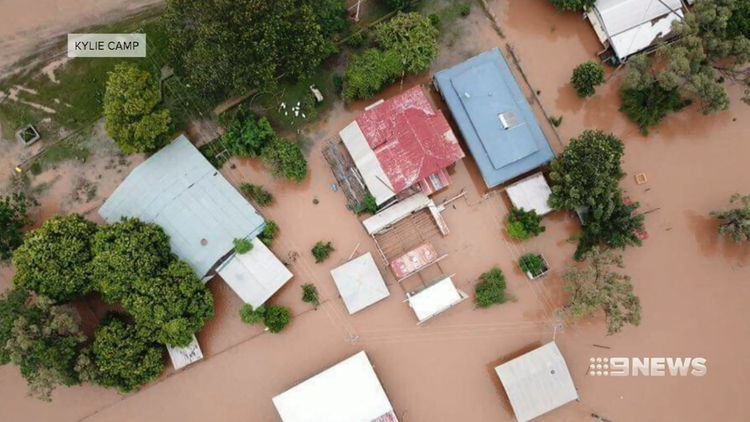
Floodwaters have killed up to 300,000 head of cattle in western Queensland, with losses so far put at a staggering $300 million.
But the number is expected to rise as the floodwaters reach the big breeder herds in the northern shires of Carpentaria and Burke.
Richmond Mayor John Wharton says there have been already been huge stock losses in his area, as well as McKinlay shire, and parts of Flinders and Cloncurry shires.
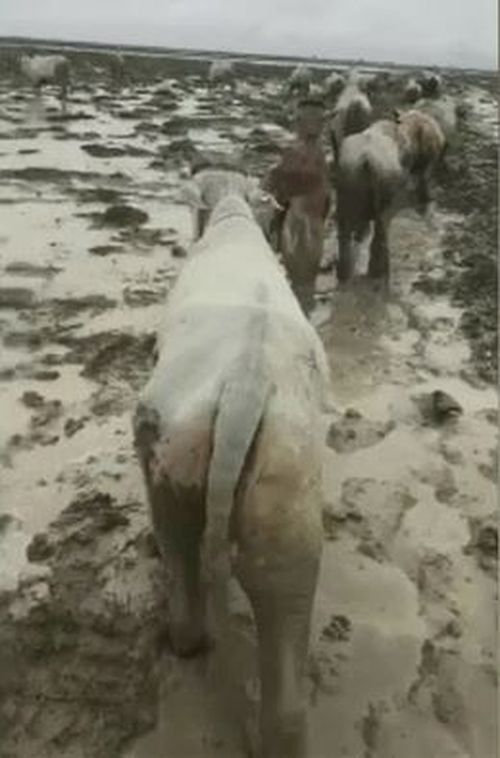
At an average value of $1000 a head, the estimated cattle losses amount to a $300 million blow.
"That's just in the shires down here but as this water goes into the gulf shires, where there is seven to eight million head of cattle, we are going to lose more, that's for sure," he said.
Graziers say they feel broken by horrific scenes of dead cattle in every direction and many of those impacted are yet to venture to the far flung corners of their stations.

They now face years without an income.
Rural lobbyist AgForce is scrambling to get emergency hay shipments to stranded cattle, desperate to prevent more from dying.
Michael Guerin, the group's chief executive, said authorities were facing "a dynamic, unfolding situation of catastrophic proportions".
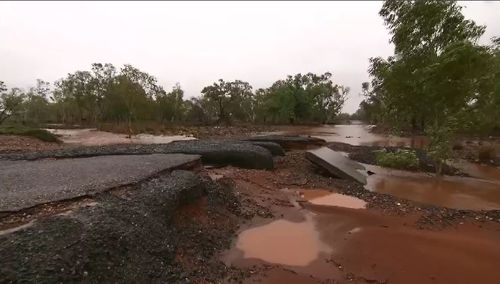
Deliveries of feed are finally heading north to the disaster zone after being held up for days by a lack of coordination between different levels of government.
Trucks loaded with fodder and other supplies are also on their way from the Northern Territory, South Australia, Victoria, NSW and within Queensland.
But they won't reach centres like Cloncurry and Julia Creek for another couple of days.

Fuel is also an issue, with graziers needing supplies so they can top up their helicopters and collect food that'll be dropped to centralised locations in the flood zone.
Premier Annastacia Palaszczuk toured the flood-hit Cloncurry area and struggled to describe what she'd seen.
"We went along a road with the mayor for about 20 minutes and to the right of me was a sea of dead cattle," she said today.

"It made you feel sick in the stomach."
She said that after so many years of drought, graziers could finally have grass on their properties but no cattle left to feed on it.
Prime Minister Scott Morrison has announced affected farmers and graziers could now access payments up to $75,000.
"Our initial estimate of this cost will be $100 million from the Commonwealth's share perspective," he said today.
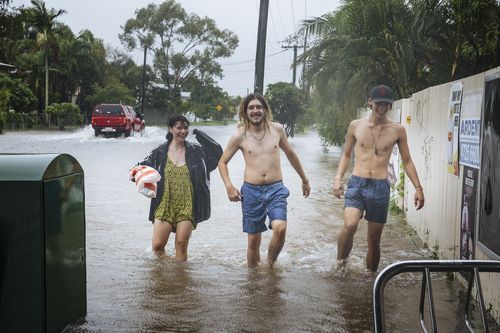
"But as we've seen in other disasters...that cost could end up being far greater than that."
The increase in grant funding applies to farmers located in the Burdekin, Cloncurry, Douglas, Hinchinbrook, McKinley, Richmond, Townsville, Winton and Flinders areas.
Mr Morrison says the federal government will also contribute $3 million in funding for mental health services, as those impacted come to grips with the devastation left behind.
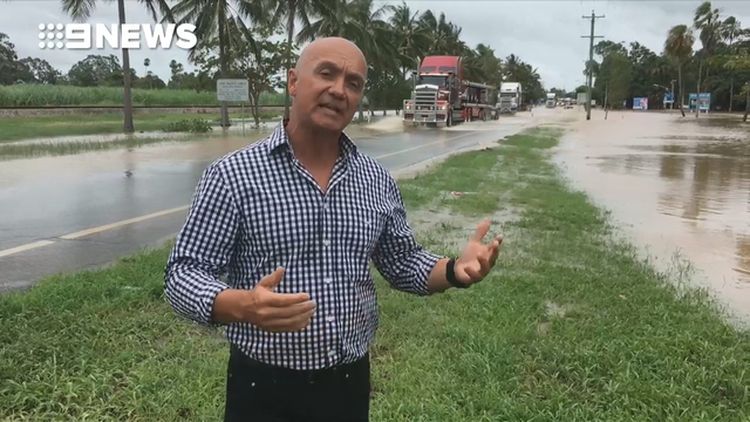
Meanwhile, North Queensland residents have been warned of an influx of mosquitoes as the mammoth clean-up job continues following record-breaking floods.
Queensland Health issued a warning to residents over mosquitoes which are capable of transmitting diseases such as dengue, Zika and the Ross River virus.
“It only takes one mosquito to infect a number of people in a short period of time,” said Townsville City Council.
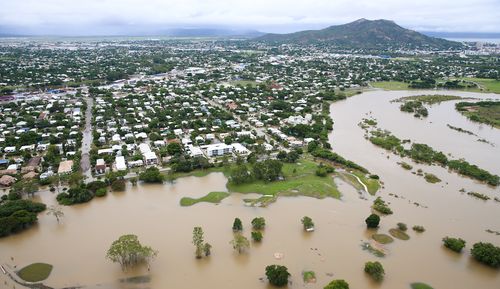
Health officials said locals should use insect repellent and cover up with long and loose clothing, while eliminating mosquito breeding sites such as containers which may have collected flood water.
Residents are also being warned of soil-borne diseases such as melioidosis and leptospirosis, with heavy rain increasing the chances of being spread.
The warnings come after data revealed flood levels in the Ross River were at least five times larger than initially estimated.
Initially the damaging floods were believed to be a one-in-100-year event, but now it’s expected to be greater than a one-in-500-year event.

The Bureau of Meteorology recorded 150mm of rainfall around Townsville and surrounding areas overnight, but said it was “not enough to exacerbate flooding in the catchment”.
Over the last 13 days, Townsville Airport received 1421.4mm of rain - exceeding the city's annual average of 1128mm, according to Weatherzone.
That figure also means Townsville has experienced its wettest week, fortnight and start to a year on record during this weather event.

Weather conditions will improve over the weekend with the monsoon gradually shifting east offshore.
As of late Thursday, lead and zinc from freight train wagons continued to spill into Queensland floodwaters as authorities were unable to reach the area.
The freight train’s 80 wagons - storing a mixture of products including zinc, lead and copper anode - were at varying angles after rising flood waters engulfed them at Nelia, 300km east of Mount Isa.
"Due to flood waters continuing to rise and heavy rainfall, Queensland Rail crews are unable to physically access the site," chief executive Nick Easy said in a statement.
"This is an unprecedented flooding event and Nelia is a high point in the area which has previously provided safe flood-free stowing for trains in flood events."
Queensland Rail also released a time-lapse video from a nearby weather station showing floodwater rising metres above rail tracks.
The time-lapse vision shows the historic monsoonal flood event in an area where graziers have suffered heavy stock losses.

© AAP 2024




